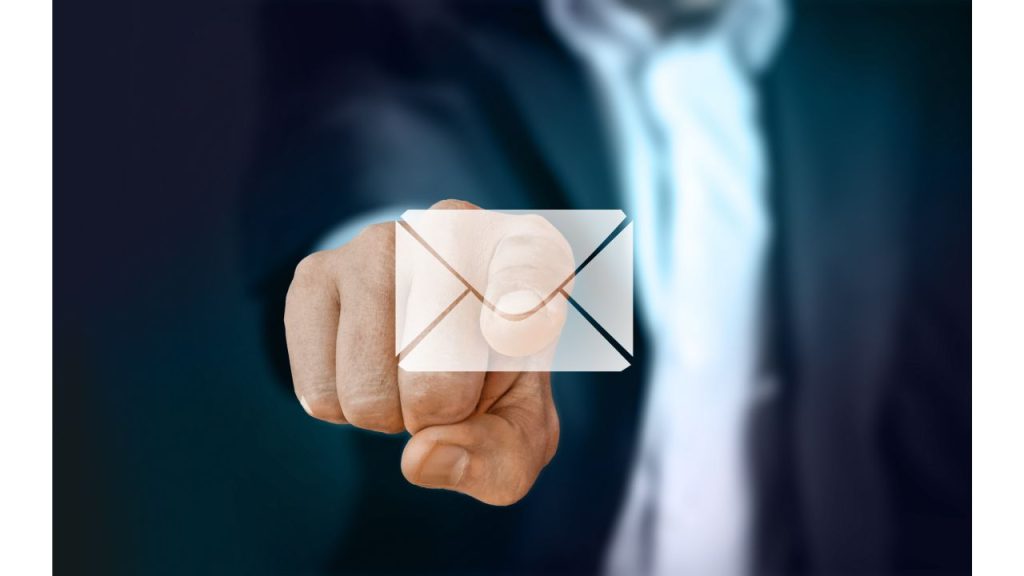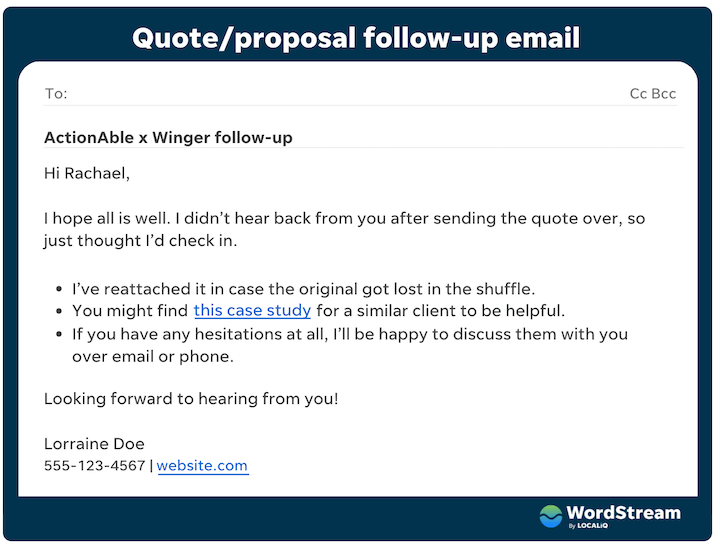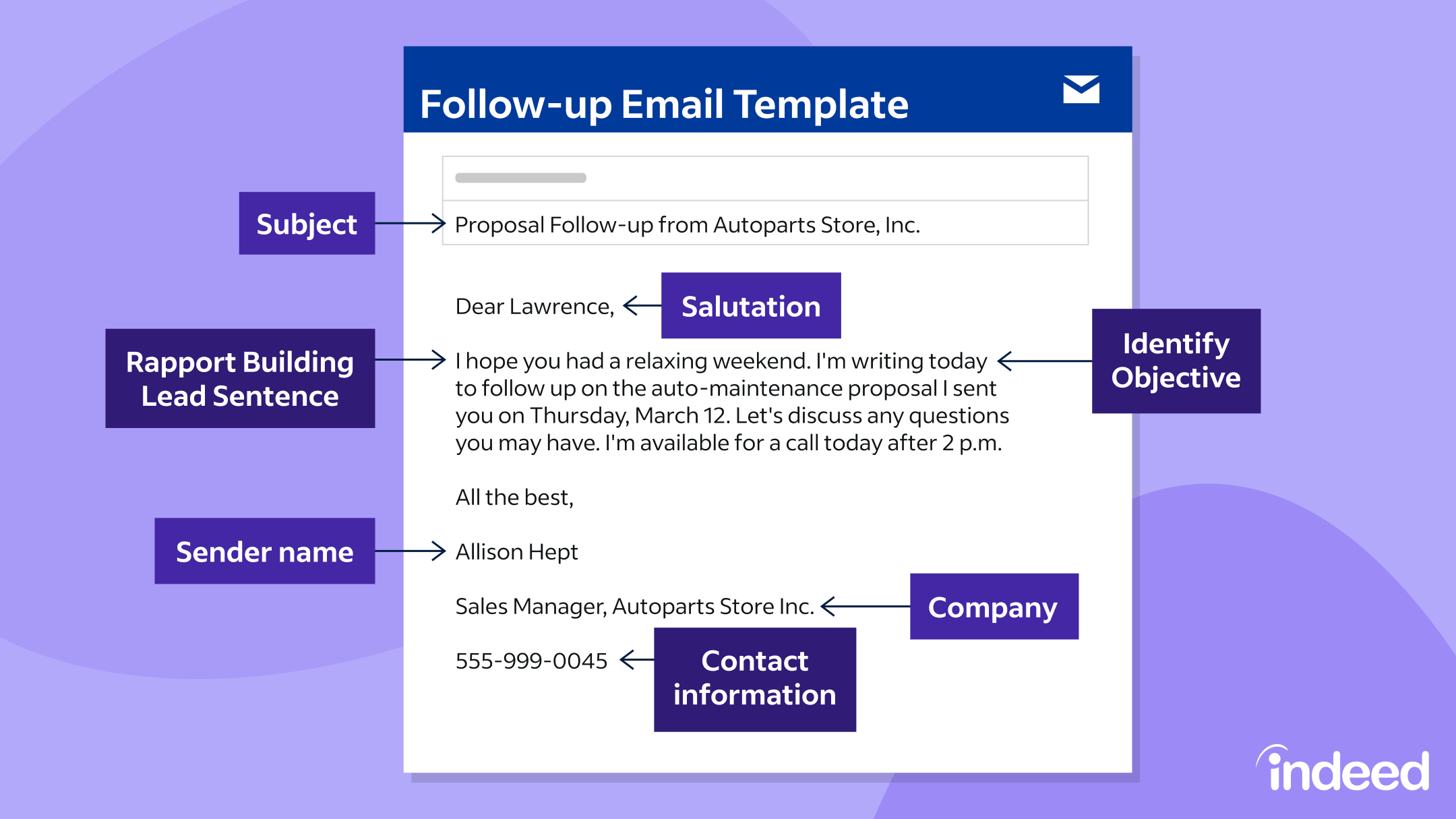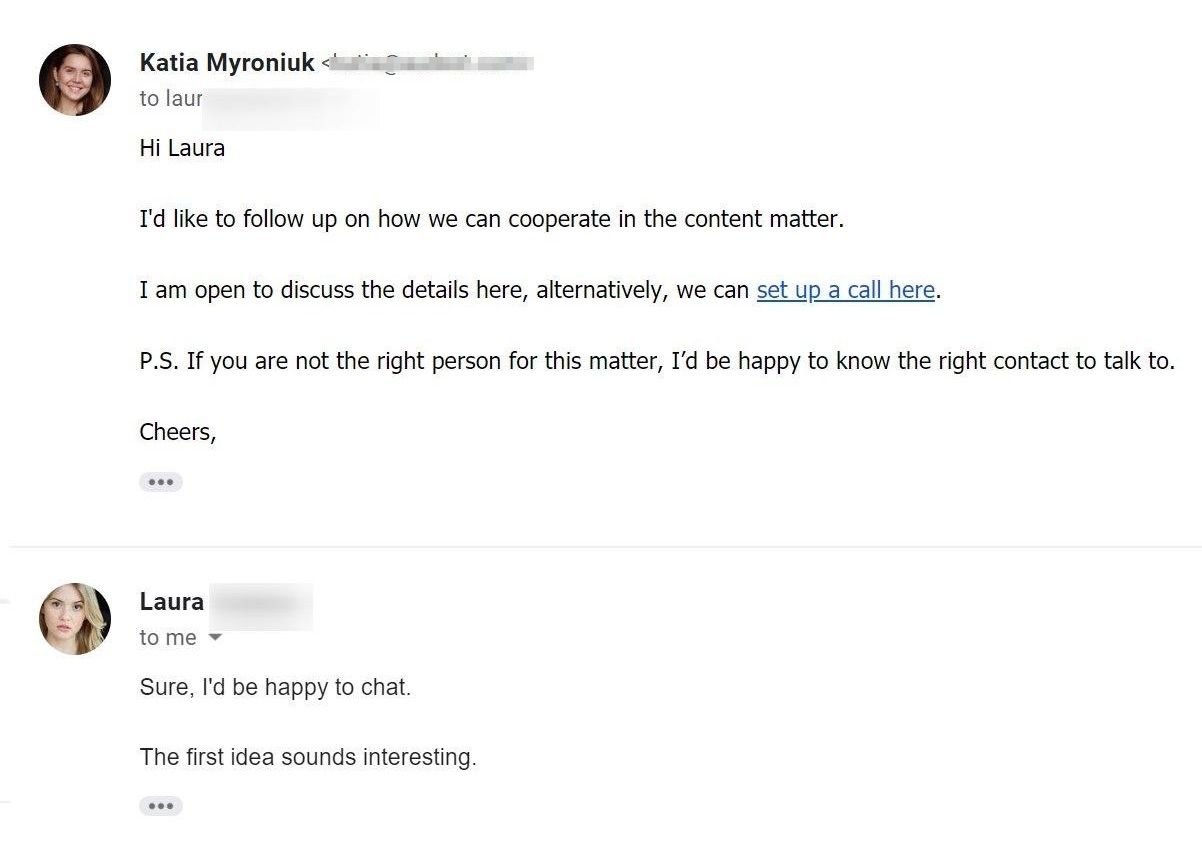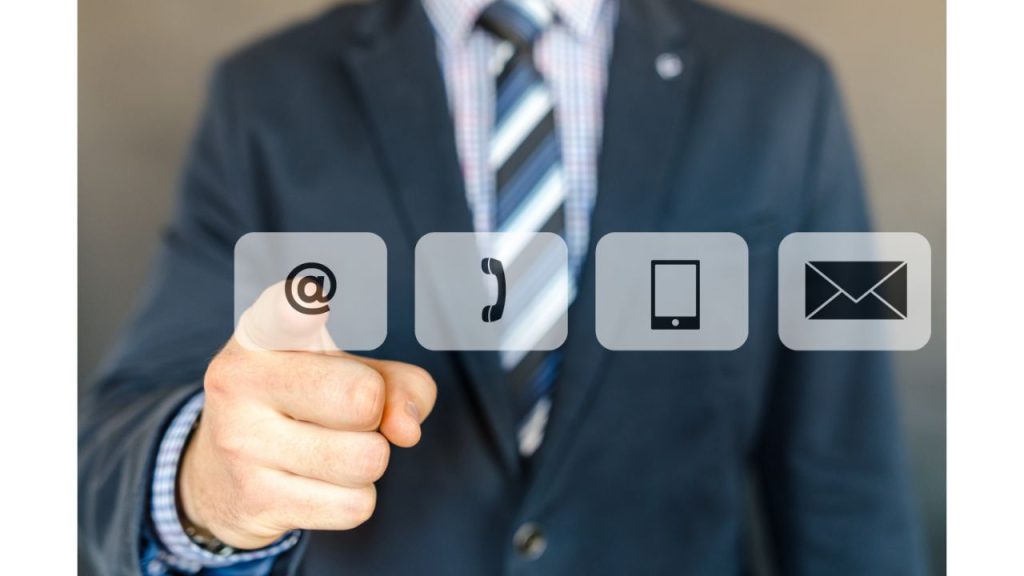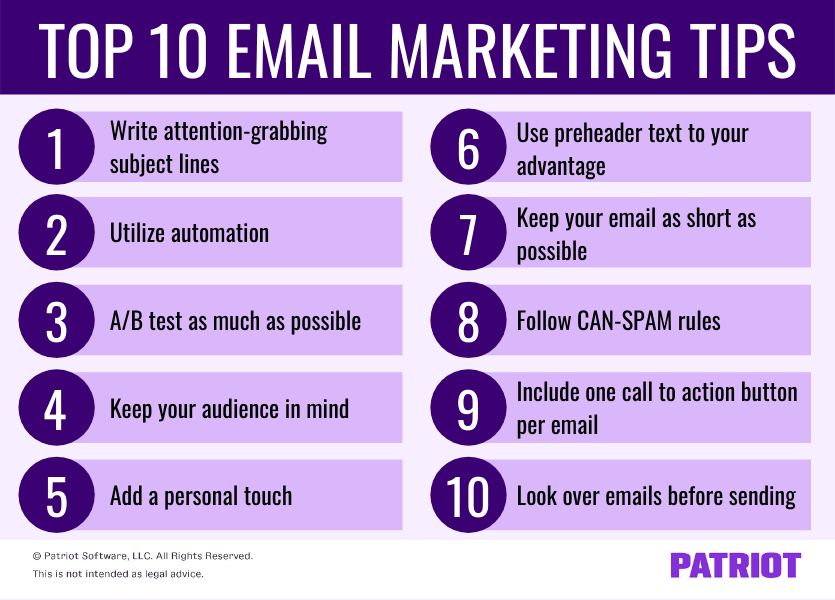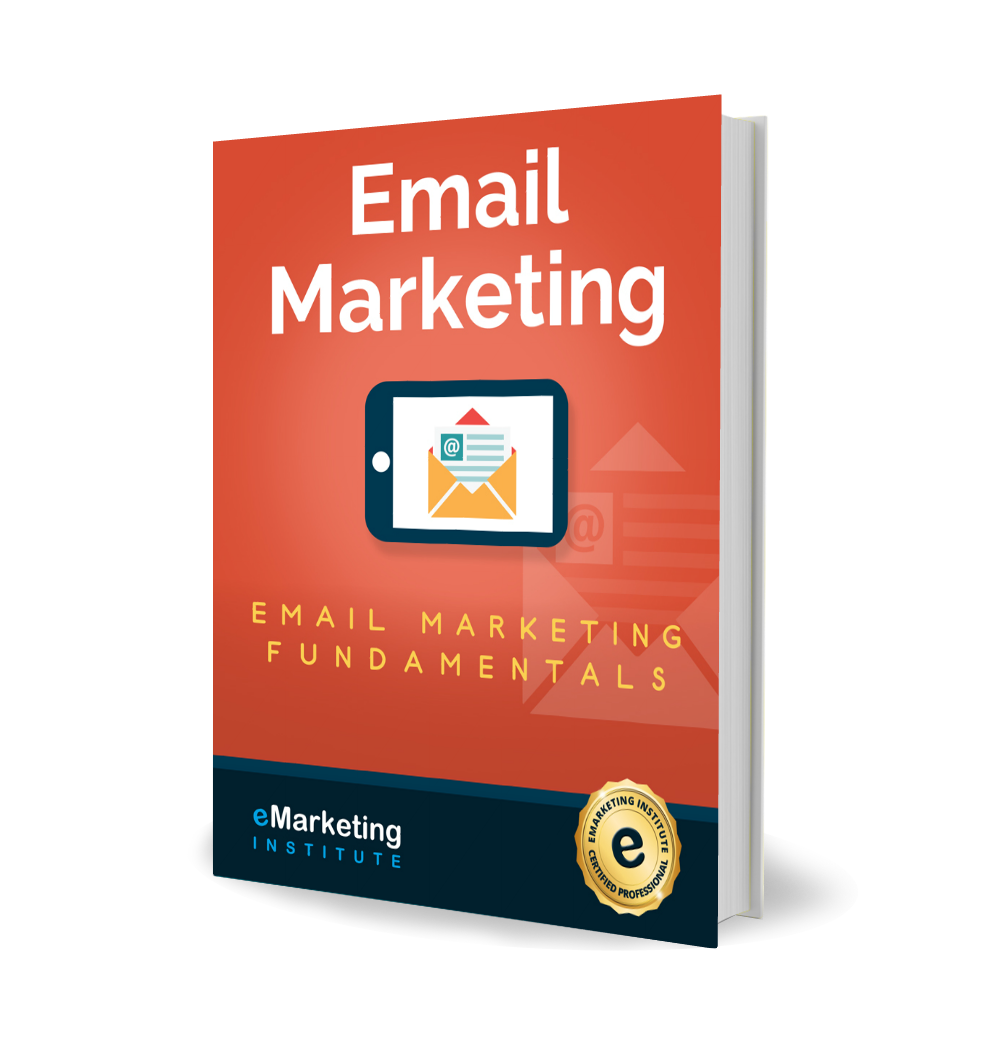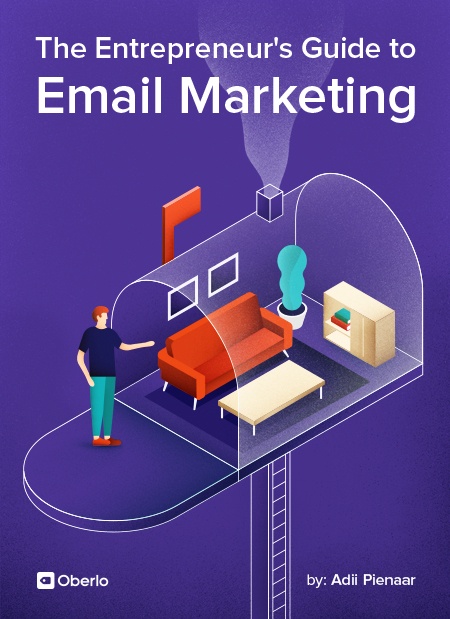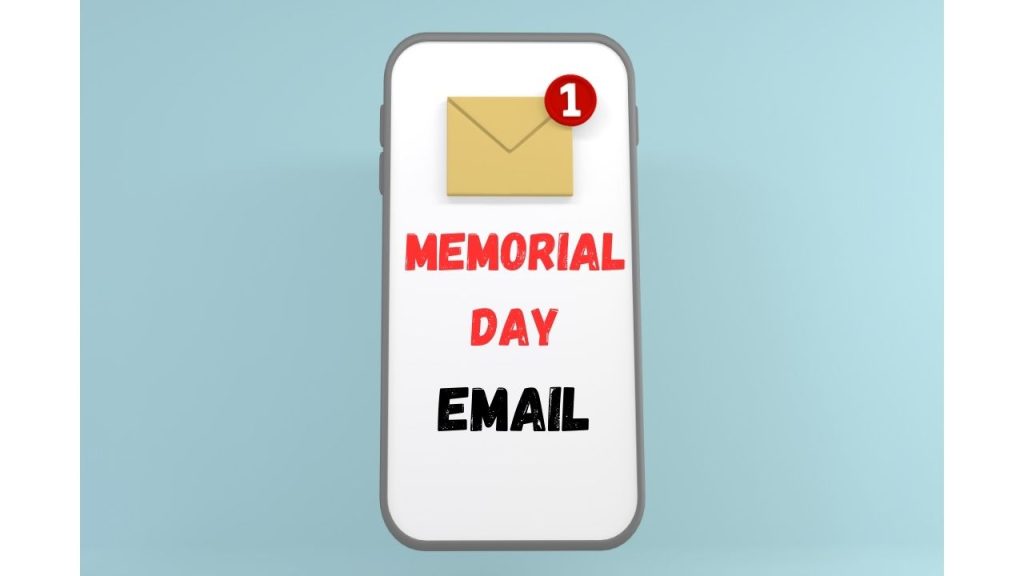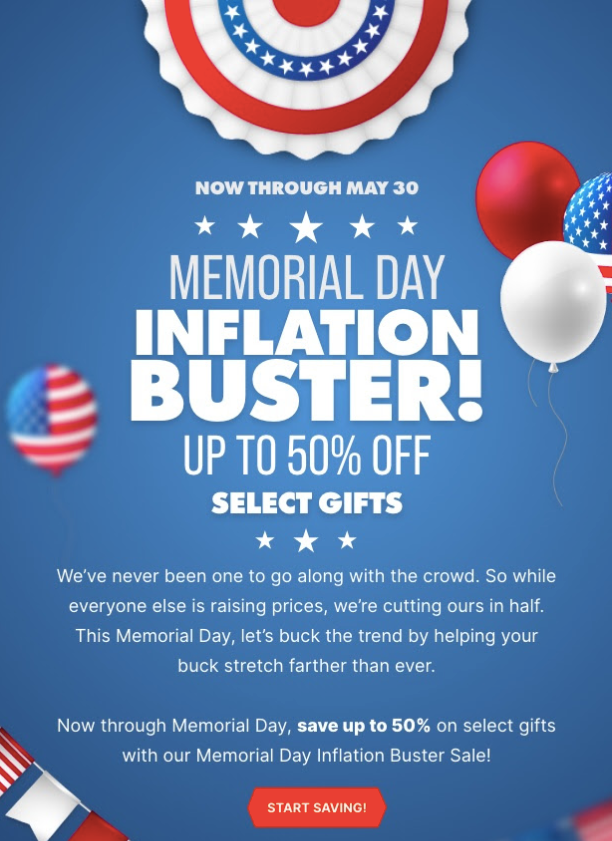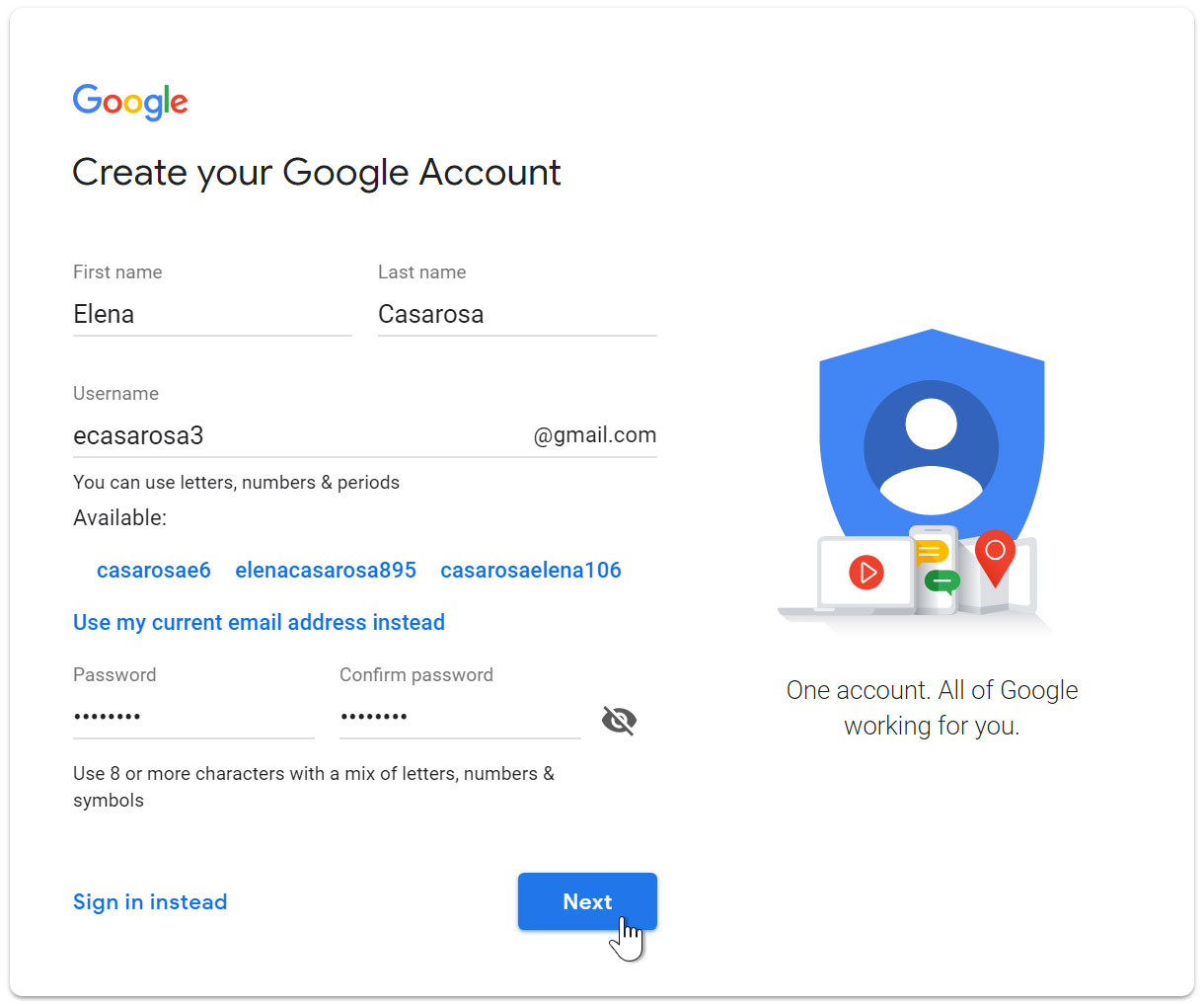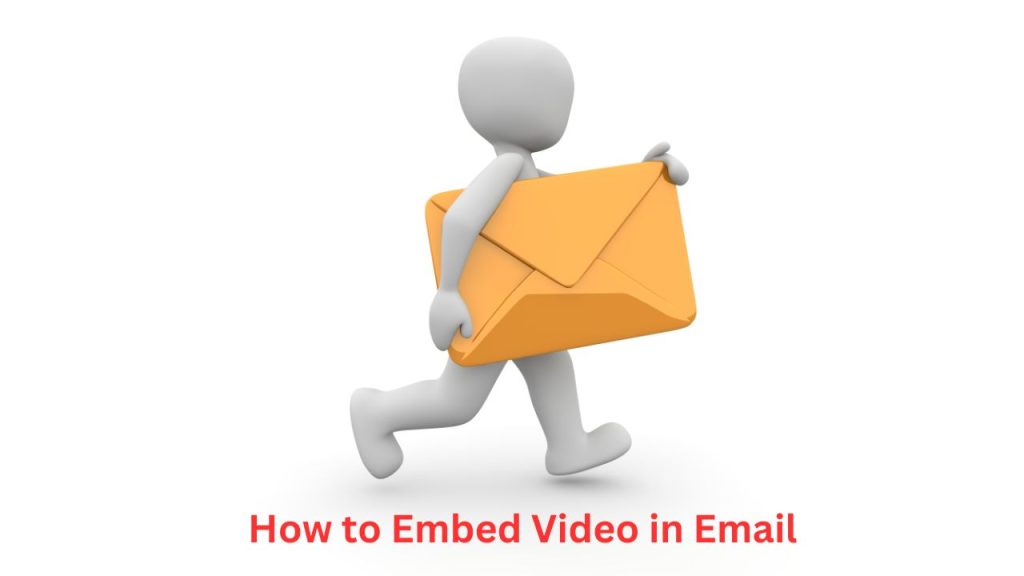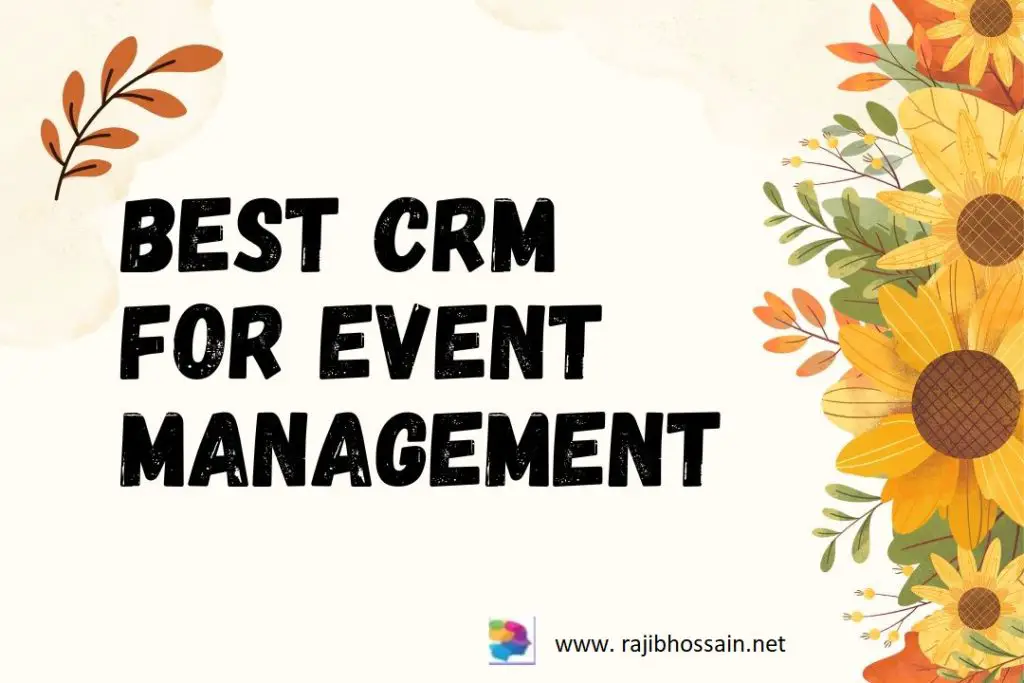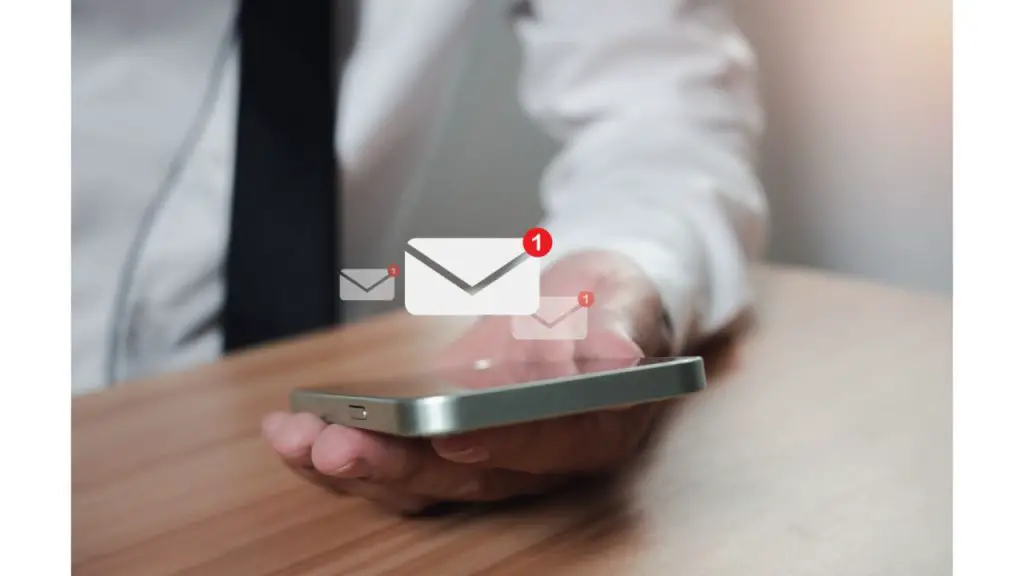
Email marketing offers a broader canvas for content with multimedia support. SMS marketing ensures immediate, high open rates but with limited space.
Email marketing and SMS marketing are powerful tools for reaching customers, each with distinct advantages. Email marketing allows businesses to deliver detailed content, including images, videos, and links, making it ideal for newsletters, promotions, and informational messages. SMS marketing, on the other hand, excels in immediacy and brevity, providing a direct line to customers’ mobile devices.
This makes SMS marketing perfect for urgent alerts, reminders, and concise promotional offers. Choosing between the two depends on your business goals, audience preferences, and the nature of your message. Both methods can complement each other, creating a robust, multi-channel communication strategy.
Introduction To Email And Sms Marketing
Email and SMS marketing are powerful digital tools. They help businesses reach customers effectively. Both methods have unique benefits. Understanding these benefits can boost your marketing strategy.
Rise Of Digital Marketing
Digital marketing is everywhere now. It uses the internet to connect with people. Social media, email, and SMS are key parts of it. Businesses can reach many users quickly.
Digital marketing grows with technology. More people use smartphones and computers. This makes digital marketing even more important.
Email And Sms Marketing Essentials
Email marketing uses emails to share information. It can include newsletters, offers, or updates. Emails can be long or short. They often have images, links, and calls to action.
SMS marketing uses text messages. It shares short and direct messages. These messages have a limit of 160 characters. SMS is great for quick updates and reminders.
| Feature | Email Marketing | SMS Marketing |
|---|---|---|
| Content Length | Long and detailed | Short and to the point |
| Engagement | Medium | High |
| Open Rates | Lower | Higher |
| Cost | Low | Moderate |
Advantages of Email Marketing
- Detailed information
- Branding opportunities
- Trackable metrics
Advantages of SMS Marketing
- Immediate delivery
- High open rates
- Easy to use
The Reach Of Email Marketing
Email marketing is a powerful tool. It connects businesses with a global audience. With a wide reach, it ensures your message gets seen. Below, we explore the reach of email marketing in detail.
Global Email Usage Statistics
Emails are widely used worldwide. The statistics are impressive.
| Year | Global Email Users |
|---|---|
| 2020 | 4 billion |
| 2022 | 4.3 billion |
| 2023 | 4.5 billion |
By 2025, the number is expected to grow. It could reach 4.6 billion users. This growth shows the importance of email marketing.
Email Accessibility And User Behavior
Emails are accessible on many devices. Most people check emails daily. This includes smartphones, tablets, and computers.
- 75% of users access email on their phones.
- 60% of emails are opened on mobile devices.
- People check their emails at least once a day.
Email behavior is consistent. Users spend time reading emails. They engage with content more.
- Open rates are high.
- Click-through rates are significant.
- Emails drive traffic to websites.
Emails can be personalized. This makes users feel valued. They are more likely to respond. Email marketing is effective in reaching a global audience.
Strengths Of Sms Marketing
SMS marketing has become a powerful tool for businesses. It offers unique advantages that other marketing channels can’t match. In this section, we’ll explore the strengths of SMS marketing in depth.
Text Message Open Rates
SMS marketing boasts impressive open rates. Most text messages are read within minutes. This quick engagement ensures your message is seen fast. Studies show SMS open rates can be as high as 98%. This is much higher than email open rates, which hover around 20%. With such high engagement, your marketing message is more likely to be effective.
Immediate Impact And Response
Text messages reach customers instantly. This makes SMS marketing perfect for urgent updates. Customers can respond quickly, boosting interaction. For example, a flash sale notification can lead to immediate sales. This immediacy is unmatched by other marketing channels. It’s ideal for time-sensitive promotions.
| Feature | SMS Marketing | Email Marketing |
|---|---|---|
| Open Rate | 98% | 20% |
| Response Time | Instant | Hours to Days |
| Engagement | High | Moderate |
- High open rates increase message visibility.
- Immediate reach ensures timely communication.
- Quick response leads to high customer engagement.
Overall, SMS marketing is a powerful tool. Its strengths lie in quick engagement and high visibility.
Cost Analysis
Email marketing and SMS marketing are two powerful tools. Each has unique cost implications. Businesses must analyze these costs carefully to choose the best strategy.
Comparing Campaign Costs
Let’s break down the costs for email marketing and SMS marketing.
| Cost Factor | Email Marketing | SMS Marketing |
|---|---|---|
| Setup Costs | Low | Moderate |
| Monthly Fees | Varies by platform, usually low | Higher, per message basis |
| Cost per Message | Negligible | Higher, per SMS |
Email marketing often has lower setup costs. The monthly fees are usually low. SMS marketing can be more expensive. It charges per message sent.
Long-term Investment And Returns
Evaluating long-term returns is crucial for both marketing methods.
- Email Marketing:
- Low ongoing costs
- High potential for engagement
- Strong ROI over time
- SMS Marketing:
- Higher ongoing costs
- Immediate engagement
- Quick ROI, but can be costly
Email marketing shines with low costs over time. It can engage users effectively. SMS marketing offers quick results. Yet, it might be more expensive in the long run.
Engagement Metrics Compared
Email marketing and SMS marketing are powerful tools. Both channels offer unique benefits. Comparing engagement metrics can help you choose the right strategy.
Measuring User Engagement
User engagement is crucial. It tells you how interested your audience is. Here are some key metrics to track:
- Open Rate: How many users open your emails or SMS?
- Click-Through Rate (CTR): Number of clicks on your links.
- Response Rate: How many users reply or take action?
Emails often have higher open rates. But SMS messages typically see quicker responses.
Conversion Rates: Email Vs Sms
Conversion rates show how effective your campaigns are. Let’s compare email and SMS:
| Metric | SMS | |
|---|---|---|
| Average Open Rate | 20-25% | 90-95% |
| Average CTR | 2-3% | 19-20% |
| Average Response Rate | 5-10% | 45-50% |
SMS usually outperforms email in engagement. It’s quick and direct. But email still has its place. It allows for more detailed content.
Both channels have their strengths. Choosing the right one depends on your goals.
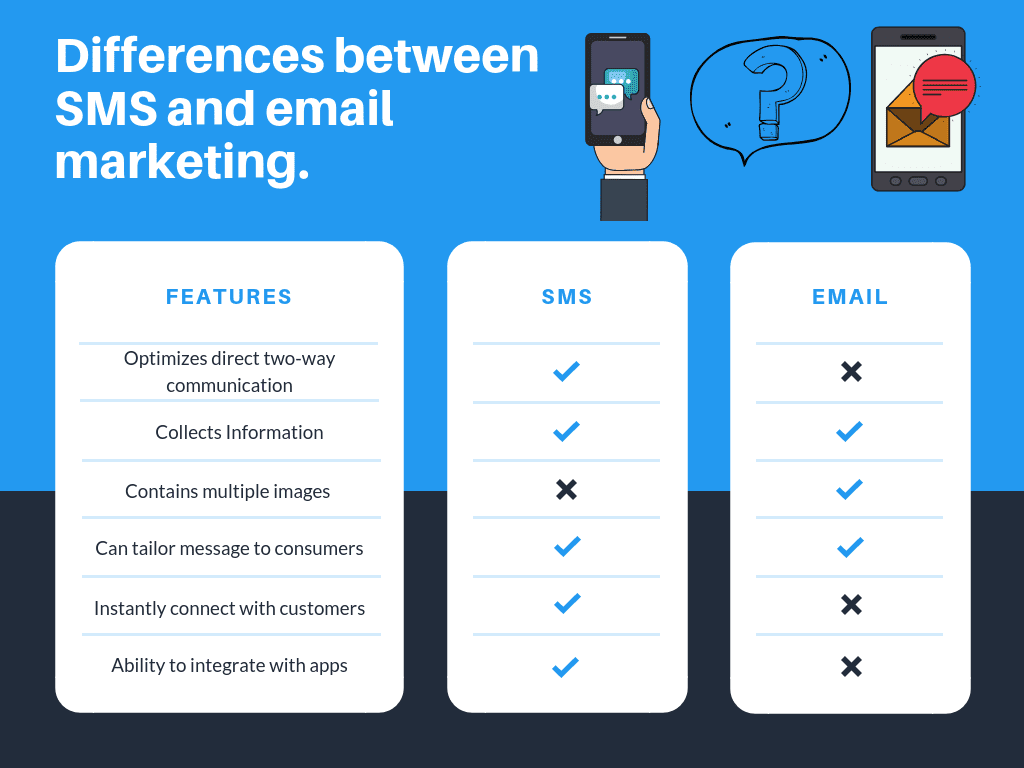
Credit: simpletexting.com
Personalization And Customization
Personalization and customization are key in both email and SMS marketing. They help businesses create tailored messages for their audience. These methods can improve engagement and conversion rates.
Tailoring The Marketing Message
Email marketing allows for highly detailed messages. You can include images, videos, and links. This makes it easier to create engaging content.
SMS marketing is more direct. You have to keep messages short and to the point. This can make it easier for users to read and respond.
Example:
- Email: “Hi John, check out our new products! Click here.”
- SMS: “Hi John, new products are available! Visit our store.”
Segmentation Capabilities
Email marketing offers robust segmentation options. You can segment your audience based on behavior, location, and preferences. This helps you send targeted emails.
SMS marketing also allows for segmentation. You can segment users based on their phone numbers, location, or past interactions. This ensures that your SMS messages are relevant.
Example of Segmentation:
| Criteria | Email Marketing | SMS Marketing |
|---|---|---|
| Behavior | Last Purchase, Email Opens | Last Response, Clicked Links |
| Location | Country, City | Area Code, GPS Data |
| Preferences | Product Interests, Email Preferences | Text Preferences, Opt-Ins |
Both email and SMS marketing offer powerful tools for personalization. They allow you to create messages that resonate with your audience.
Integration Into Marketing Strategies
Integrating email and SMS marketing into your strategy can boost your campaigns. Both channels offer unique advantages. When combined, they can drive higher engagement and conversions.
Blending With Other Channels
Email and SMS marketing can blend well with other channels. For instance, social media and content marketing can complement these efforts.
| Channel | Benefits |
|---|---|
| Email Marketing | Detailed content, easy tracking, cost-effective |
| SMS Marketing | Immediate reach, high open rates, concise messages |
| Social Media | Wider audience, interactive content, brand visibility |
| Content Marketing | SEO benefits, informative, long-term value |
Creating A Cohesive Campaign
To create a cohesive campaign, align your messages across channels. Use consistent branding and tone of voice. This ensures a seamless experience for your audience.
- Plan your email and SMS content together
- Use similar design elements in all communications
- Track performance metrics for both channels
By doing this, you can strengthen your overall strategy. Your audience will recognize your brand across different platforms.
Combining email and SMS can also improve your customer journey. Send emails for detailed information. Use SMS for urgent updates or reminders.
- Start with a welcome email series
- Follow up with SMS reminders
- Send promotional emails and SMS offers
This approach ensures your message reaches your audience at the right time. It also increases the chances of conversions and customer satisfaction.
Legal And Compliance Considerations
Email and SMS marketing comes with legal rules. Marketers must follow these rules. Breaking them can lead to fines. Knowing the laws helps you stay safe.
Regulatory Landscape For Marketers
Each country has its own rules. In the U.S., you need to follow the CAN-SPAM Act for emails. For SMS, there is the TCPA. In the EU, GDPR applies to both email and SMS. These rules protect users’ data and privacy.
| Region | Email Regulation | SMS Regulation |
|---|---|---|
| USA | CAN-SPAM Act | TCPA |
| EU | GDPR | GDPR |
Best Practices For Compliance
Following best practices helps you stay compliant. Here are some tips:
- Get Consent: Always ask for permission before sending messages.
- Provide Opt-Out: Allow users to unsubscribe easily.
- Be Transparent: Clearly state who you are and why you are contacting them.
- Keep Records: Document consents and communications.
Following these tips keeps your campaigns safe and trusted.
Case Studies: Email Vs SMS Marketing
Email marketing and SMS marketing both have unique benefits. By examining case studies, we can see their real-world impacts. This section will dive into success stories and lessons from failed campaigns.
Success Stories
Both email and SMS marketing have their own success stories. These examples highlight the strengths of each method.
| Method | Success Story |
|---|---|
| Email Marketing | A clothing brand used email marketing to boost sales. They sent personalized emails with special offers. Sales increased by 30% in one month. |
| SMS Marketing | A local restaurant used SMS marketing to fill seats. They sent discount codes via SMS. Reservations went up by 40% during weekdays. |
Lessons From Failed Campaigns
Not all campaigns succeed. Learning from failures is key. Here are some examples of what not to do.
- Email Marketing: A tech company sent daily emails without proper segmentation. Their open rates dropped to 5%. Subscribers felt overwhelmed and started to unsubscribe.
- SMS Marketing: A retail store sends too many SMS messages in a short period. Customers felt spammed. The unsubscribe rate increased by 25%.
By studying these success stories and failures, marketers can improve their strategies. Understanding what works and what doesn’t is crucial for both email and SMS marketing.
The Future Of Digital Marketing
Digital marketing is evolving quickly. New trends shape how businesses reach customers. Email and SMS marketing are key players in this evolution. Which one will dominate in the future?
Emerging Trends
Both email and SMS marketing are growing. Here are some key trends:
- Personalization: Tailored messages increase engagement.
- Automation: Automated campaigns save time and boost efficiency.
- Interactive Content: Engaging content grabs attention.
Personalization is crucial. People respond better to messages that speak directly to them. Automated campaigns are also becoming standard. They help businesses manage large volumes of messages. Interactive content is gaining traction. It includes polls, quizzes, and videos.
Predicting The Dominant Channel
Which will dominate, email or SMS? Both have strengths and weaknesses.
| Aspect | Email Marketing | SMS Marketing |
|---|---|---|
| Open Rates | 20-30% | 90-98% |
| Cost | Lower | Higher |
| Message Length | Longer | Shorter |
| Engagement | Moderate | High |
SMS marketing has higher open rates. People read texts quickly. But, SMS marketing is costlier. Email marketing allows for longer messages. It is more cost-effective. Both channels will likely coexist. They will serve different purposes.
Frequently Asked Questions
Which Is Better, Sms Marketing Or Email Marketing?
Both SMS and email marketing have their strengths. SMS offers higher open rates and immediate engagement. Email provides detailed content and better segmentation. Choose based on your goals.
Is Sms Or Email More Effective?
SMS is often more effective for urgent communication, while email is better for detailed information. Both have unique strengths.
What Is The Main Difference Between Email And Sms?
The main difference between email and SMS is the medium and length. Emails are longer and sent via the Internet, while SMS messages are shorter and sent via cellular networks.
What Is The Difference Between Sms And Edm?
SMS is a text message sent to mobile phones. EDM (Electronic Direct Mail) is an email marketing campaign. SMS is for short, urgent messages. EDM targets email inboxes with detailed content.
Conclusion
Choosing between email and SMS marketing depends on your business goals and target audience. Both channels have unique strengths. Email offers detailed content and design flexibility. SMS provides instant and direct communication. Evaluate your needs and test both to find the best fit for your marketing strategy.

